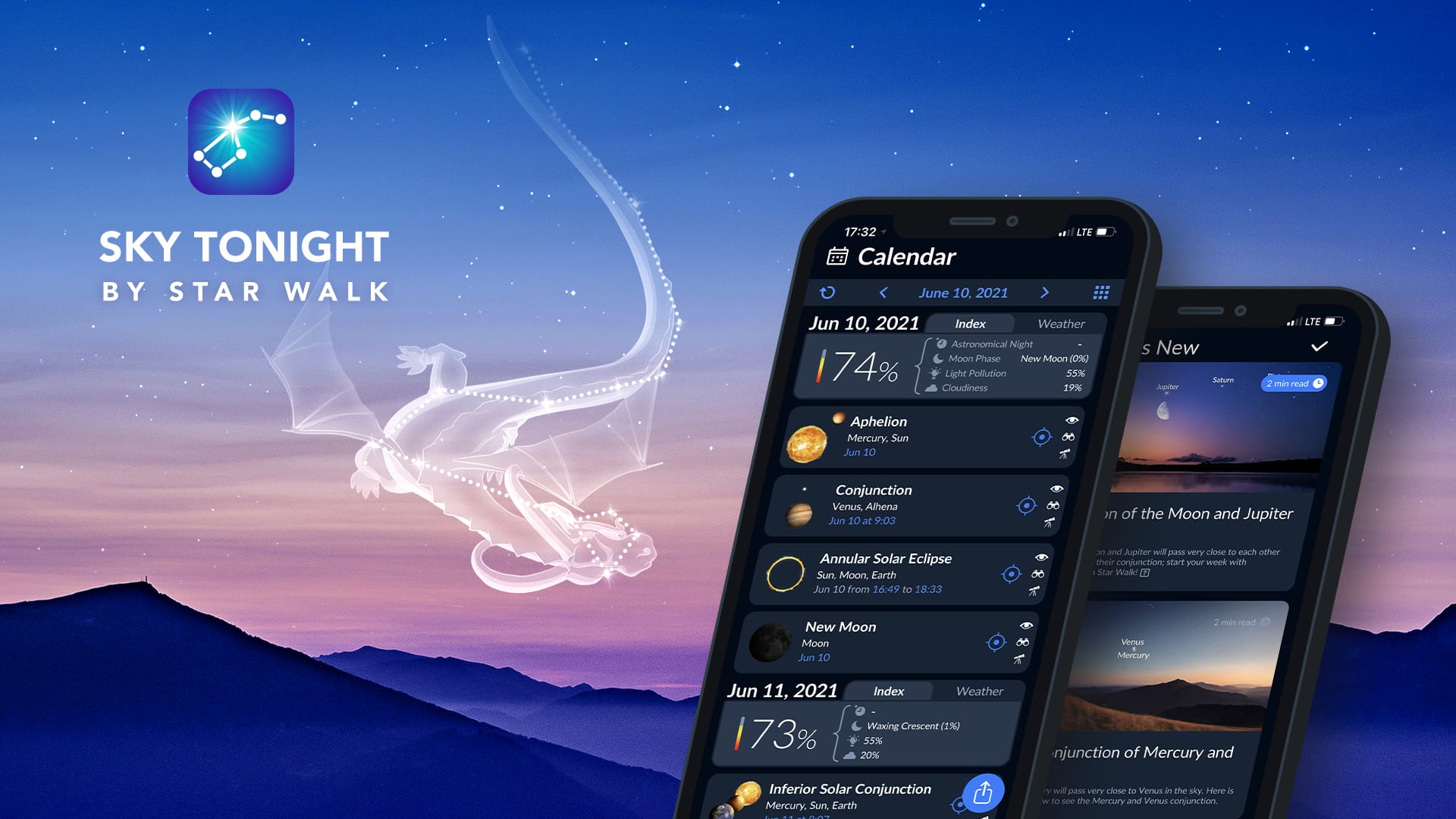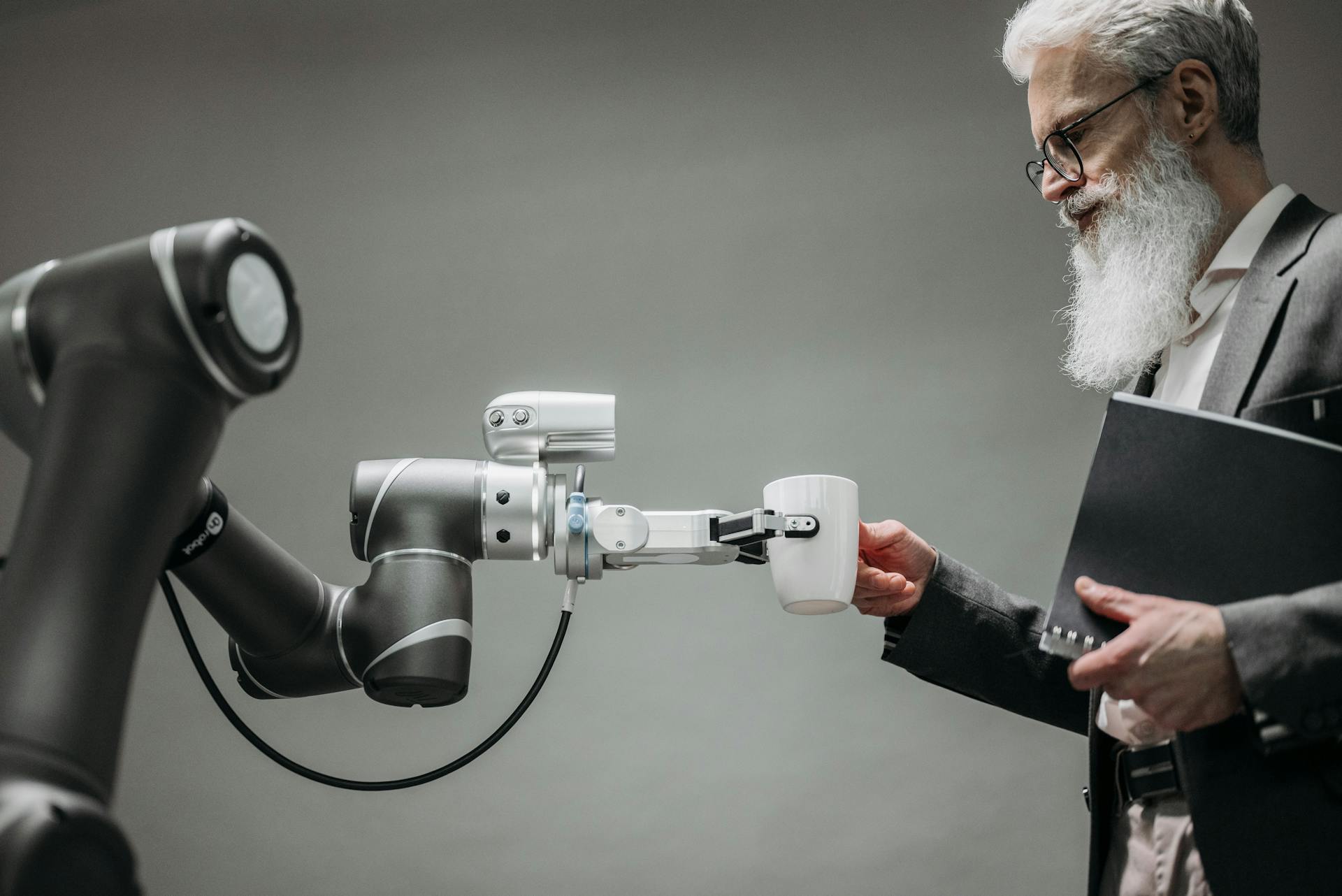In the digital age, online face verification has emerged as a powerful tool to ensure secure and efficient authentication processes. With the use of biometric technology, face authentication systems are becoming increasingly popular in various industries, including financial services, e-commerce and telecommunications. This article will delve into the concept of online face verification, its applications, benefits and the role it plays in the Know Your Customer (KYC) process.
Online Face Verification Explained
Online face verification is a biometric authentication process that verifies an individual’s identity by analyzing their facial features. It uses advanced algorithms and machine learning techniques to compare facial characteristics captured via a live image or video with a stored reference image of the individual. By analyzing key features such as the shape of the face, the distance between the eyes, and unique landmarks on the face, the system can verify the identity of the person being verified.
Face Verification Vs. Face Recognition
It is important to distinguish between face authentication and face recognition. While both technologies involve facial feature analysis, they serve different purposes. Face verification focuses on verifying an individual’s identity based on a specific reference image and ensures that a person claiming to be a specific person is actually that person. On the other hand, facial recognition is a broader technology that aims to identify individuals by comparing their facial features to a database of known faces, often used for surveillance or access control purposes.
Online Face Verification Applications Across Industries
Online facial authentication has a wide range of applications in various industries. Some notable use cases include:
1. Financial Organizations
Facial verification is increasingly being adopted by banks, fintech companies and other financial institutions as part of their KYC processes. It helps verify the identity of customers remotely, reduces the need for physical documentation and simplifies the onboarding process.
2. E-commerce Industry
Online retailers can use facial verification to prevent fraud, such as account takeover or identity theft. By verifying the face of the person making the purchase, businesses can increase security and build trust with their customers. In addition, facial verification can be used to enable secure and convenient payment methods, such as facial recognition-based payment systems.
3. Telecommunications
Face authentication is used by telecommunications operators to verify identity when issuing new SIM cards or activating new services. By ensuring that the person registering for a new connection matches the identity documents provided, telcos can prevent fraudulent activity and meet regulatory requirements.
Advantages of Online Face Verification
Online facial verification offers several benefits for businesses and individuals:
1. Improved Security
Facial authentication provides a high level of security by verifying the unique facial features of individuals. It helps prevent identity theft, account takeovers and other fraudulent activities and offers robust protection against unauthorized access.
2. Convenience and Efficiency
Online facial verification simplifies the authentication process by eliminating the need for physical documents or passwords. Users can verify their identity remotely using a device equipped with a camera, saving time and effort. This convenience also improves user experience and reduces friction in various online transactions.
3. Scalability and Accessibility
Facial verification systems can handle a large number of verifications simultaneously, making them scalable for businesses of all sizes. In addition, the technology can be accessed from anywhere with an Internet connection, enabling remote verification and satisfaction of global operations.
4. Regulatory Compliance
Many industries, including finance and telecommunications, have regulatory requirements for identity verification. Online facial verification helps businesses comply with these regulations by providing a secure and auditable verification process.
Role of Face Verification in KYC Process
Facial verification plays a key role in the KYC process, which is essential for businesses to comply with anti-money laundering (AML) and counter-terrorist financing (CTF) regulations. By incorporating facial verification into their KYC procedures, businesses can:
1. Verify User Identity
Face Verification allows businesses to verify the identity of individuals during the registration process. By comparing a live image of the person’s face with their ID card or reference image, the system confirms that the person claiming to be a particular person is indeed that person.
2. Prevent Fraud
Facial verification helps prevent identity fraud by detecting fake or stolen IDs. By comparing a live facial image with a reference image, the system can identify any discrepancies or signs of tampering and ensure that only real people are accessing the services.
3. Streamline Onboarding Processes
Online facial verification streamlines the KYC process by eliminating the need for physical submission of documents or in-person verification. This reduces manual effort, saves time and increases the overall efficiency of the onboarding process.
4. Improve Customer Experience
Facial verification improves the customer experience by offering a seamless and convenient authentication process. Customers are no longer required to visit physical branches or submit extensive documentation, making the onboarding process faster and more user-friendly.
Conclusion
In conclusion, online face verification offers a safe and effective way to verify the identity of individuals remotely. By utilizing biometric technology, businesses can easily authenticate their customer identities. The system captures a live image or video of a person’s face using a smartphone, tablet or computer. Using advanced algorithms, analyze facial features such as face shape, eye distance, and nose to create a face template. The system calculates a similarity score to determine whether the live image matches the reference image within a predefined threshold. Based on the comparison result, the system provides a verification result indicating whether the person’s face has been successfully verified.





